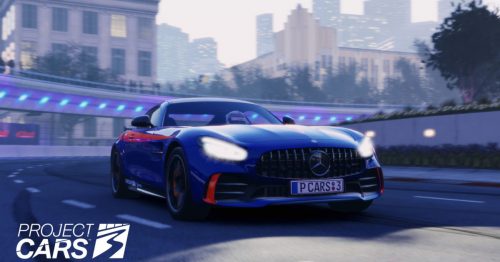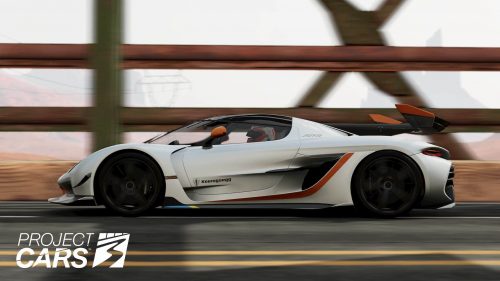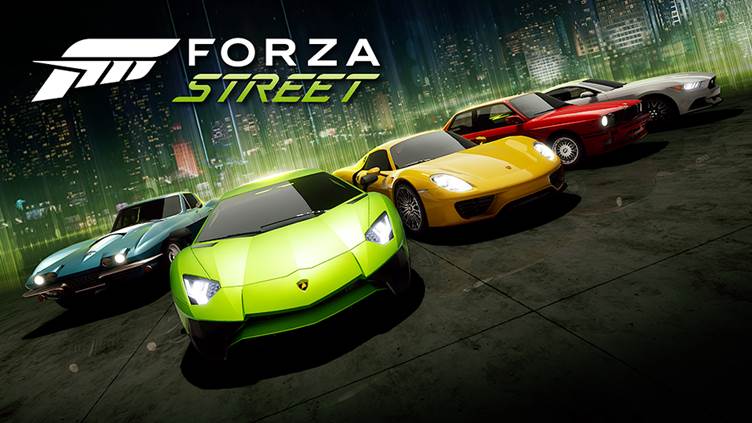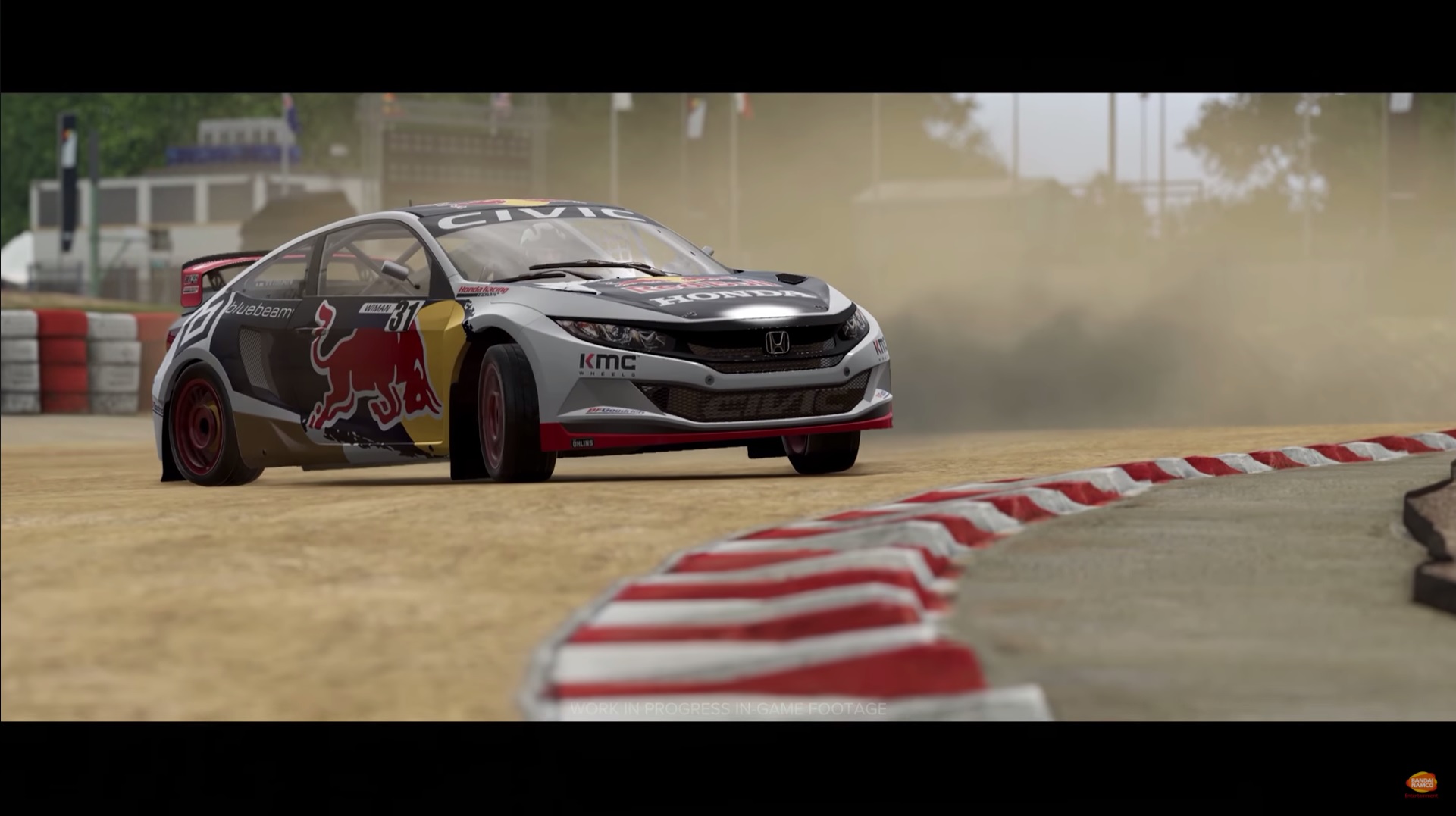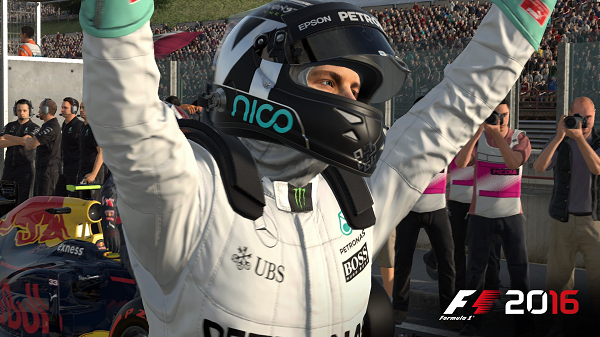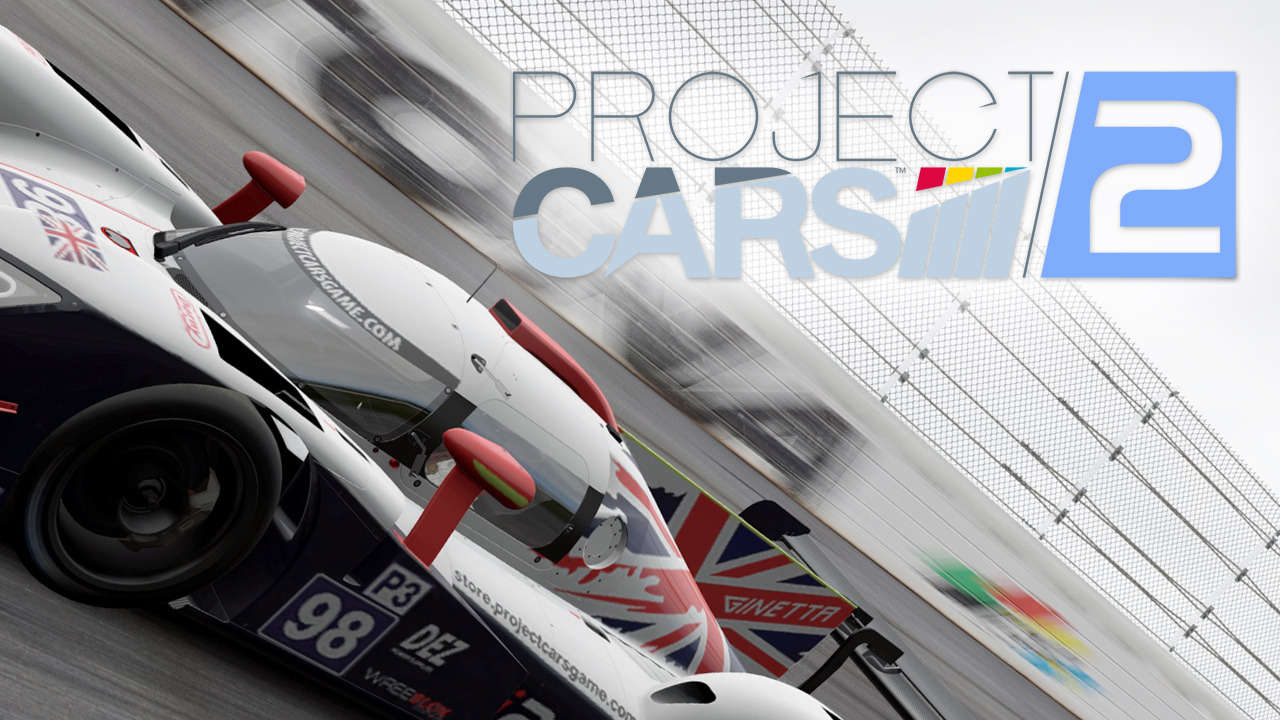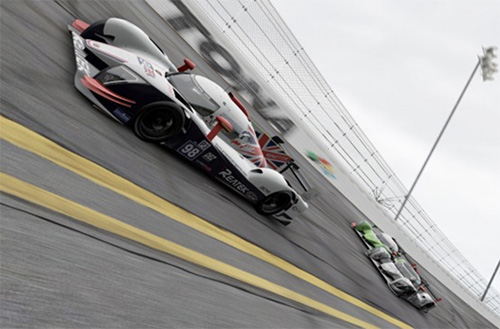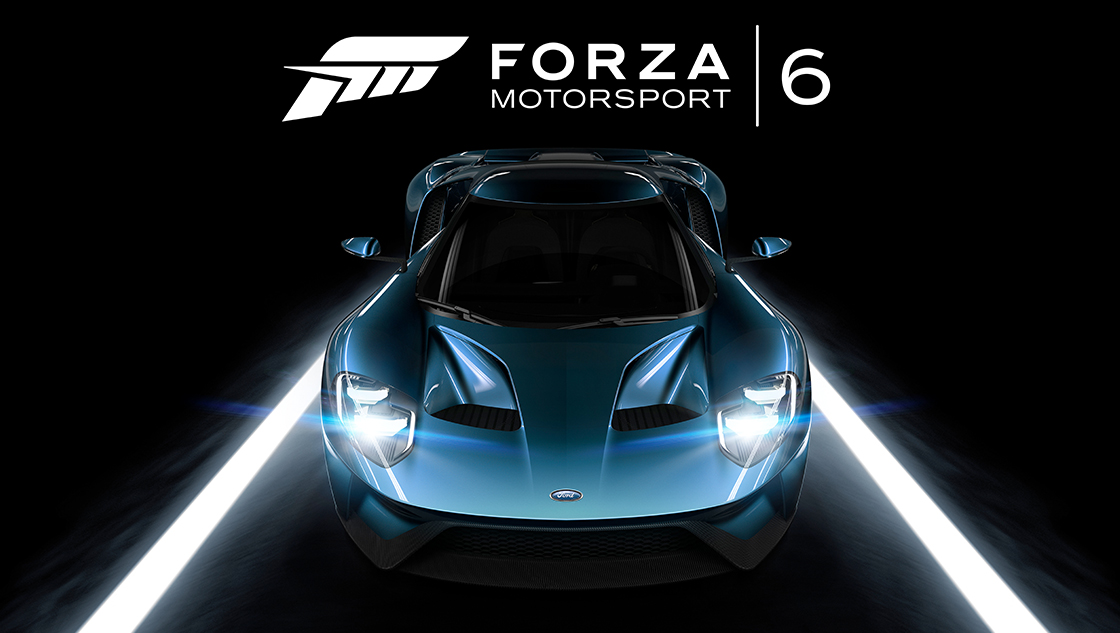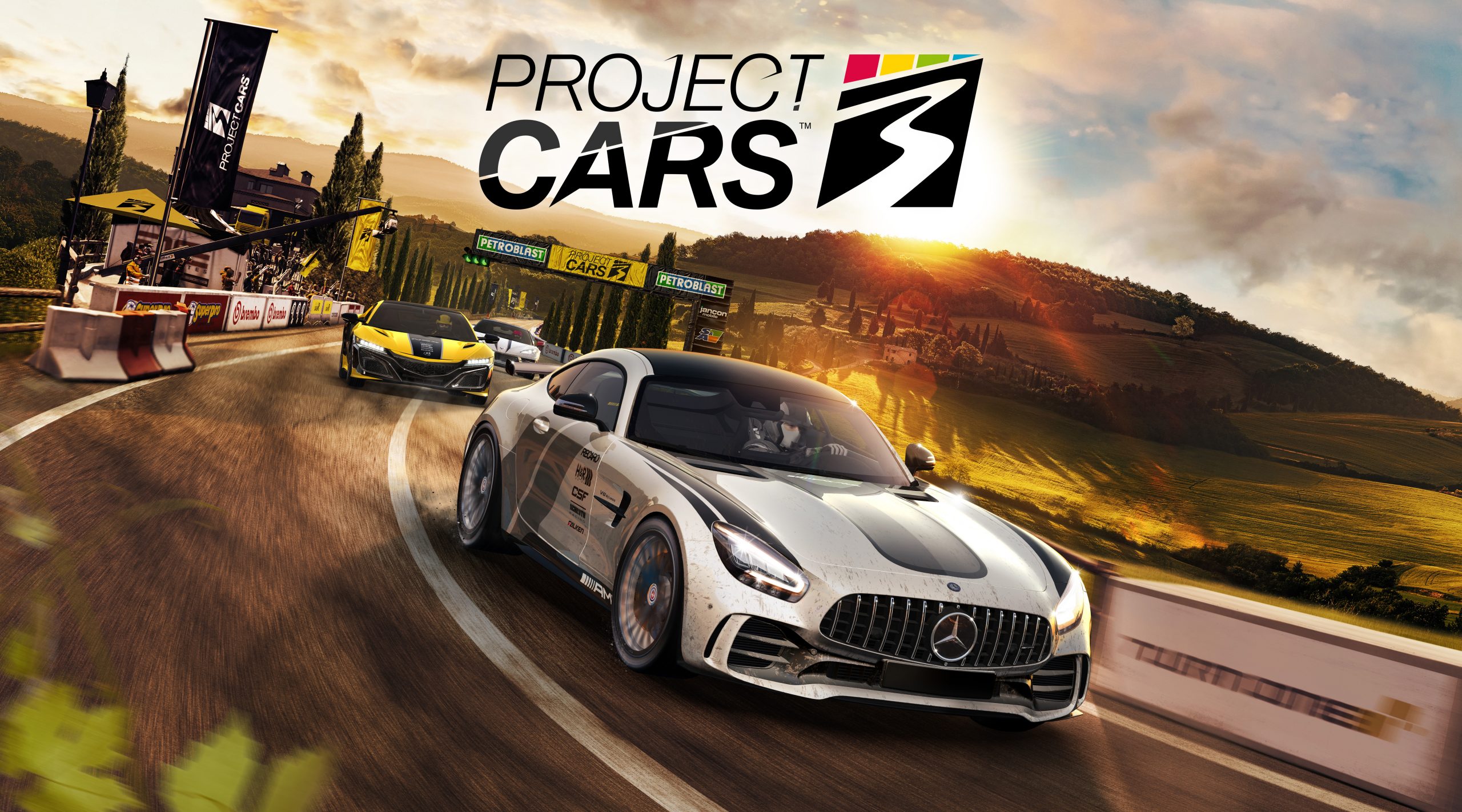
The Project Cars series has always had something of an identity crisis. While both previous games in the series are good, solid racers, they suffer from wanting to appeal to both the serious sim racer players—the crowd that subscribes to iRacing or owns every version of rFactor— as well as the people who buy Forza just to get in a cool car and race. The results have always been games that end up satisfying neither end of the spectrum. The career mode is full of lengthy qualifying sessions and punishing penalties that put off the Forza crowd, while the race physics are too wonky to satisfy the sim crowd.
Slightlymad Studios have solved this problem by deciding that Project Cars 3 should be as close to a Forza game as possible. The extra spit and polish needed to achieve this is helped along by the studio’s new owners, Codemasters, whose long record of successful racing and rally titles, including the eternally popular F1 series, has allowed Slightlymad the budget to realise their Forza-like dreams.
From the slick menu presentation, to the various event styles and the way cars can be acquired, everything in Project Cars 3 smacks of Turn 10’s legendary series. This is as legally distinct as it’s possible to be, and, when it comes to Forza, that’s definitely the best kind of distinct. Good artists copy, great artists steal, which is totally something I made up right now and not a famous quote at all.
Fans of the previous games might be disappointed to find that this newfound direction eliminates some of the more sim-like aspects of the previous game, like the calendar that plots out a full race weekend that includes practice and qualifying sessions, but I’m personally not sorry to see that go. It could take up to half an hour before you actually got racing then, and I much prefer to just get in and race.
Once you’re in the race, Slightlymad’s internal engine really starts to shine. The physics are a more forgiving version of what you get in the previous games, tuned to let you throw cars around more like you would in Forza. This is backed up by a very solid 60 frames per second during racing, and I didn’t notice any significant dips below that mark on my Xbox One X.
One neat feature during races is the way the game indicates corners. Rather than painting the correct line on the track, and colouring it based on whether you’re over or under the recommended speed for a corner, the game uses a simple set of on-screen markers to show where the braking point and apex are. It feels less like the strict instruction of a full line display and more like a gentle suggestion. I also found that it helped me better judge braking distances, something I do struggle with in other games.
Project Cars doesn’t have the mindshare of Forza or Gran Turismo, so it lacks a lot of the real world sponsorship you’d see at the tracks in game, but the tracks themselves are otherwise faithfully represented, with classic locations like Brands Hatch, the Nurburgring, Road America, Daytona, and Australia’s own Mount Panorama. Even New Zealand gets a look-in with Christchurch’s Ruapuna raceway included. There are also street circuits set in Shanghai and Sao Paulo, as well as tracks from previous games that are based on, but not actually, real world locations such as Cote D’Azur in France and Sakitto, the game’s riff on Japan’s legendary Suzuka circuit.
On the car front, the game borrows Forza’s performance rating idea, although it adds its own twists that, in some ways, improve upon that system. Each car is given a numeric rating and these ratings define the performance class of the car, which affects what events it can be used for. There’s no scaling events to match the car you’re currently driving like there is in more recent Forza games, but I honestly don’t mind this, as it forces you to try out and build up different cars, something that, while still possible, doesn’t feel hugely necessary in modern Forza titles.
I’ve mentioned Forza a lot in this review, primarily because that’s the reference point for the style of game Project Cars 3 aspires to be. However one feature the game didn’t crib from its hero is the rewind feature. This is a shame, as being able to quickly reset to a previous race state and try again is much more satisfying than Project Cars 3’s simple reset to track and taking a brief speed penalty.
That’s a pretty minor slight against what is a fantastic racing game, though. Purists might be upset over the move to a more Forza-like experience, but I think this is the best choice for Project Cars 3. A multiplatform racing franchise of the calibre of Forza or Gran Turismo is absolutely a good thing for everyone. If you’re looking for a racing game to tide you over between now and the next Forza, then Project Cars 3 is absolutely worth the effort.
- New and improved career mode modelled after the classic Forza series - Smooth mostly 60FPS presentation, even on busy races - Solid driving physics carried over from previous games
- Some of the more sim-like aspects, like race weekends, are gone - No rewind feature

